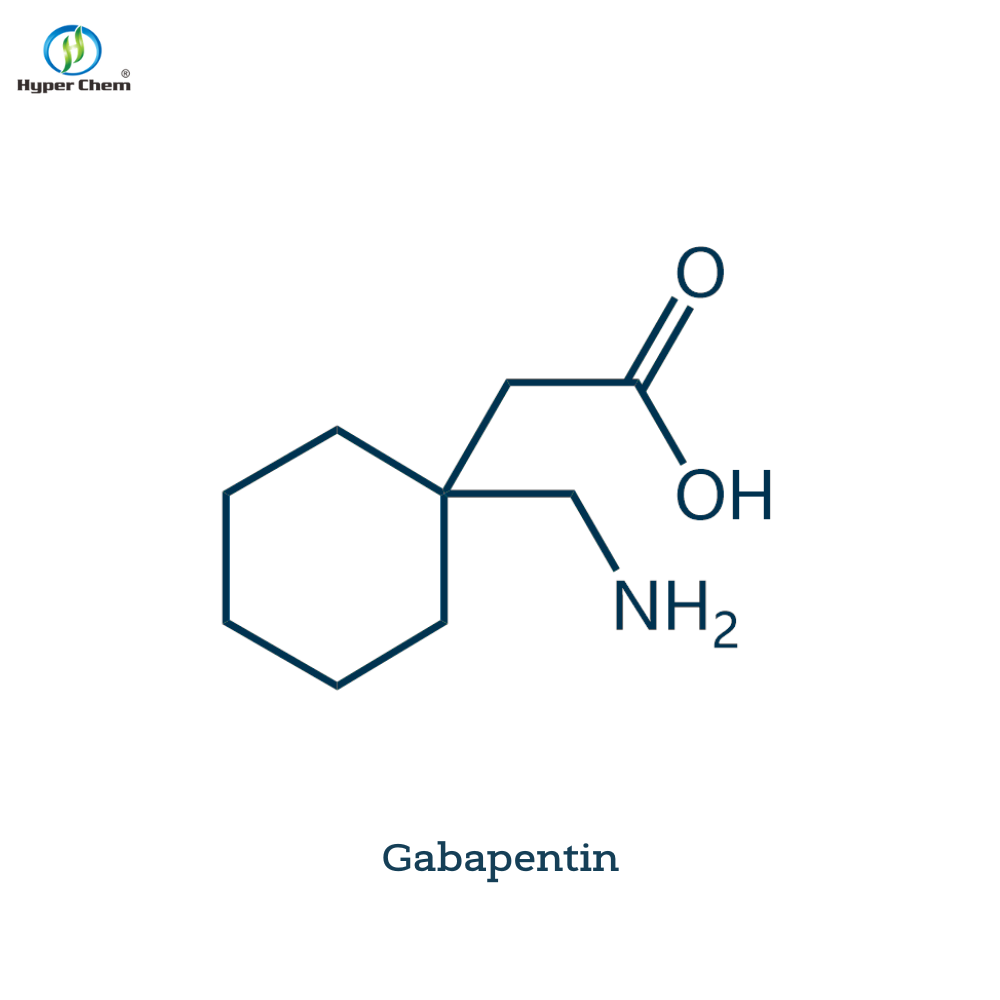Nat commun: epigenetic precision editor helps repair inherited brain disorder symptoms
-
Last Update: 2019-12-13
-
Source: Internet
-
Author: User
Search more information of high quality chemicals, good prices and reliable suppliers, visit
www.echemi.com
December 13, 2019 / Biovalley bio on / - recently, researchers from Johns Hopkins University School of medicine used targeted gene epigenome editing methods in the developing mouse brain, reversing a gene mutation leading to genetic disease wagr syndrome, resulting in human intellectual disability and obesity This special editing method does not change the actual genetic code of the regulated gene, but changes the epigenome, that is, the way of gene regulation The researchers found that the gene c11orf46 is an important regulator in brain development Specifically, it can turn on and off directional sensing proteins, help guide long fibers to grow out of newly formed neurons responsible for sending electrical information, help them form bundles, thus binding the two hemispheres of the brain If the formation of this structure cannot be carried out normally, it will lead to conditions such as intellectual disability, autism or other brain development disorders Atsushi, associate professor of psychiatry and behavioral science, Johns Hopkins University School of Medicine "While this work is still in the early stages of research, these findings suggest that we may be able to develop future epigenome editing therapies that can help reshape neural connections in the brain and may prevent brain development disorders," Dr Kamiya said (image source: www Pixabay Com) the research was published online in the recent journal Nature communications Wagr syndrome, also known as 11p13 chromosome deletion syndrome, is caused by accidental deletion of some or all genes located in the region containing c11orf46 on chromosome 11p13 Using shRNA, the researchers reduced the amount of c11orf46 protein produced in the mouse brain In mice with lower c11orf46, the level of semaphorin 6A gene expression was increased Using the improved CRISPR genome editing system, researchers were able to edit part of the semaphorin gene regulatory region The editing of the epigenome enabled c11orf46 to bind and inhibit genes in the brains of these mice, and then restored the nerve fiber bundle to the bundle structure found in the normal brain De, John A butman, Joan C Han, Schahram Akbarian, Atsushi Kamiya In vivo epigenetic editing of Sema6a promoter reverses transcallosal dysconnectivity caused by C11orf46/Arl14ep risk gene Nature Communications, 2019; 10 (1) DOI: 10.1038/s41467-019-12013-y
This article is an English version of an article which is originally in the Chinese language on echemi.com and is provided for information purposes only.
This website makes no representation or warranty of any kind, either expressed or implied, as to the accuracy, completeness ownership or reliability of
the article or any translations thereof. If you have any concerns or complaints relating to the article, please send an email, providing a detailed
description of the concern or complaint, to
service@echemi.com. A staff member will contact you within 5 working days. Once verified, infringing content
will be removed immediately.







